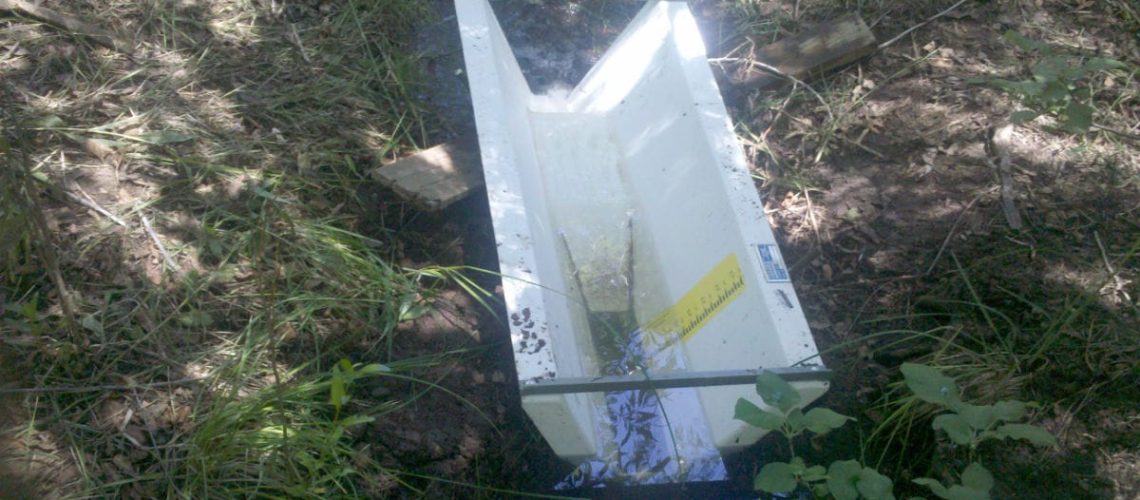Flumes are among the best options when it comes to flow rate measurements, but there are quite a few factors that can throw off your measurement efforts. One of the most impactful is cold weather, which is something that too often goes unnoticed. Fortunately, there are ways you can properly winterize your measurements to ensure that you get the accurate readings you deserve. Learn the top tips for cold weather flumes, and discover how you can prepare your flume for the elements.
Be Careful When Removing Snow and Ice
In especially wintry places, it’s common for snow and ice to build up in and around your flume. Unfortunately, your only option here is to remove it. When you do, though, you must be careful not to damage your flume. That means working to ensure that you don’t damage the surface in a way that could increase the collection of sediments or alter its interior dimensions.
Additionally, you’ll want to make sure you don’t damage any instrumentation you may have in the flume, whether it’s an ultrasonic flow meter or a
staff gauge, though the latter is certainly less expensive to replace.
Brace for Frost Heave
If you live in an area where frost heave is a concern, you’ll need to put in some extra effort to account for it. Frost heave involves the terrain and soil expanding, and if your flume isn’t properly secured in place, it could move right along with it. When that happens, your flow can become off-centered at best or completely bypass the flume at worst.
To account for frost heave, you’ll need to brace the flume properly so it never shifts out of position. That means securing more footings than you might have initially thought or opting for some oversized footing instead. Additionally, you can try using course-fill soil bags as a deterrent to shifting.
Preventative Maintenance
If you don’t feel like clearing a bunch of snow and ice, it’s best to prevent it from forming in the first place. One of the best ways to do this is to dig a trench upstream and downstream from the flume to deal with any runoff and snowpack. Upstream snowpack can cause bypass, while downstream blockage can lead to submergence if it affects backwater conditions seriously enough.
Flow Metering
Bubblers and samplers are popular accessories for flumes, but if you want them to function properly, they can’t be frozen. You’ll need to either find a way to keep these accessories warm or regularly clear them to remove any ice buildup. Failing to do so will throw off your readings and report mistakenly that the flow is much higher than it is.
Account for Settling in Spring
While much can go wrong with your flume during the winter, you’ll have another hurdle to conquer as spring arrives known as settling. Settling occurs when the earth around your flume moves around, which, in turn, shifts your flume out of place. While settling like this can technically occur at any temperature, it most often occurs during the spring thaw in the immediate aftermath of winter.
When settling occurs, you’ll find it entirely possible for a flow to bypass your flume entirely, ruining all measurement efforts. This often occurs due to the massive amounts of snowmelt that enter the flow. Couple that with settling, and flow bypass is a substantial risk. The only way to counter it is to ensure that your flume is properly secured in place, making preparation largely the same as preparing for frost heave.
Flumes From Tracom
With tips for cold weather
flumes in mind, it’s time to get a flume of your own. At Tracom, you can work with our team to design and install a flume that not only fits your
open channel flow conditions but can handle the cold weather as well. Contact us today to get started!



